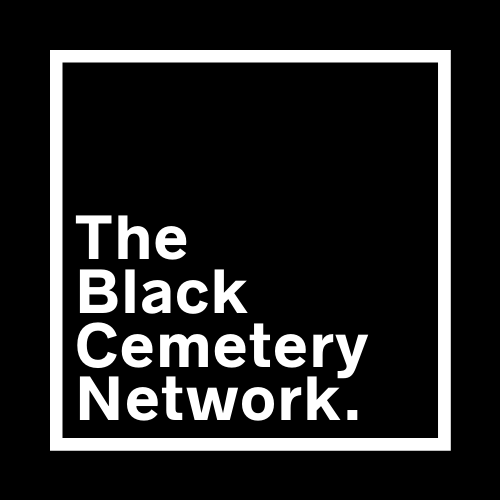SITE DIRECTORY
To learn more about any of the BCN sites listed below, click “Read more” to view individual site briefs. To search for a specific BCN site, use the search bar below:
Mount Olive Cemetery
MOUNT OLIVE CEMETERY
FOUNDED: 1899
ADDITONAL NAMES: Saint Peters, Old Union, Mother AUMP Church
AFFILIATION(S): None
HISTORY:
Mount Olive Cemetery sits on 13 acres just outside the city limits of Wilmington, Delaware. It holds the remains of approximately 13,000 Delawareans – the ancestors of Wilmington’s African American community. Active burials at Mount Olive began in 1899 and continued for another seven decades. But the history of Mount Olive begins long before.
Starting in the early 1800s, members of Rev. Peter Spencer’s congregation were buried on King Street in Wilmington, in a cemetery adjacent to Rev. Spencer’s church. Today, Peter Spencer Plaza in downtown Wilmington marks the location of the original church. But by 1861, further burials at that site were banned by city ordinance, and most of the graves were eventually moved to other cemeteries.
Thereafter, a number of small cemeteries, operated by various Black churches, sprung up in other parts of Wilmington and served the city’s African American population. Most can be found on an 1868 county map. They include: St. Peters Cemetery, 12th & Union Cemetery, Ezion Cemetery, Union Cemetery, and Old Union Cemetery (also called 12th & French Cemetery).
As Wilmington’s city limits expanded in the late 1800s and early 1900s, efforts to relocate Black cemeteries intensified. Old Union Cemetery records no burials after 1895. And in 1906, legal efforts were undertaken to condemn St. Peters Cemetery and neighboring Ezion Cemetery and convert the land into a city park.
By 1914, city leaders unfortunately succeeded in condemning all Black cemeteries inside the Wilmington city limits. Mount Olive was a fairly new cemetery at this time, and was situated outside the city limits, so it was not impacted by these actions. However, as the old Black cemeteries were razed, the disinterred remains and headstones were mostly brought to Mount Olive. In addition to accepting these older displaced remains, Mount Olive also received the majority of the city’s Black burials through the first half of the twentieth century. Burials at Mount Olive began to dwindle in the 1970s, as Delaware cemeteries became de-segregated. The last recorded burial was in September of 1987.
Today, Mount Olive holds the remains of veterans from the Civil War, Spanish American War, World Wars I and II, the Korean War and the Vietnam War. Doctors, ministers and educators are all buried there – along with thousands of working-class people who helped make Wilmington the thriving community that it is today. A conductor on the Underground Railroad rests at Mount Olive, as do the parents of Louis Redding, the lawyer who successfully argued Brown v. Board of Education before the U.S. Supreme Court in 1954.
BCN Contact Information:
Regina Barry
rmbarry1066@earthlink.net
http://freepages.rootsweb.com/~rbarry4145/genealogy/MtOliveCemetery/MtOliveHome.html


